
Article Summary: Mississippi National Parks
Mississippi National Parks! They’re in the “Magnolia State,” but they’ve got more than just magnolias.
Did you know that Mississippi is the Catfish Capitol of the World? But you can catch more than just catfish there.
Mississippi is home to some incredible national park sites – battlefields, parkways, seashores, trails, and much much more. What you can catch is a really good time if you’re next vacation trip includes this incredible state.
I’ve been to so many of these amazing places since retiring from teaching in 2018. Did I mention that I taught history? I spent a lifetime teaching about the history behind these momentous sites. Then I got to see them firsthand. And now I’m sharing the stories of these incredible places with you. It doesn’t get any better than that!

What Is A National Park?
We get asked that question a lot because there’s a difference between a “national park” and a “national park site.” To help you understand that difference you might want to check out our article titled: What Is A National Park Really?
Now if you’re planning a trip to the Magnolia State then I highly recommend picking up a copy of Greater Than a Tourist- Mississippi USA: 50 Travel Tips from a Local (Greater Than a Tourist United States) by Ellycia Villescas.
Now we’re going to give you 9 national park sized reasons why you should add Mississippi to your list of places to see.
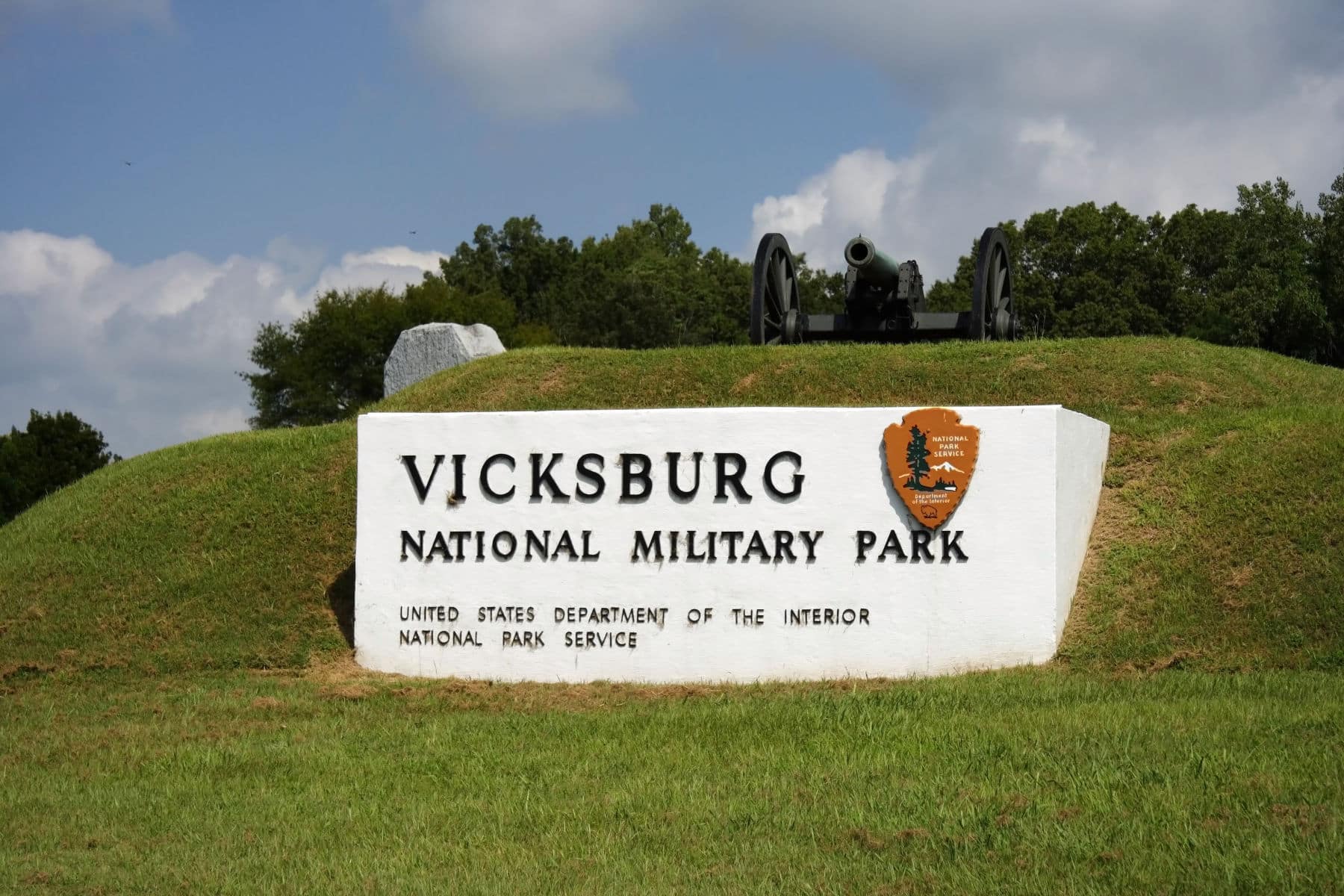
Table Of Contents: Mississippi National Parks
Mississippi National Parks
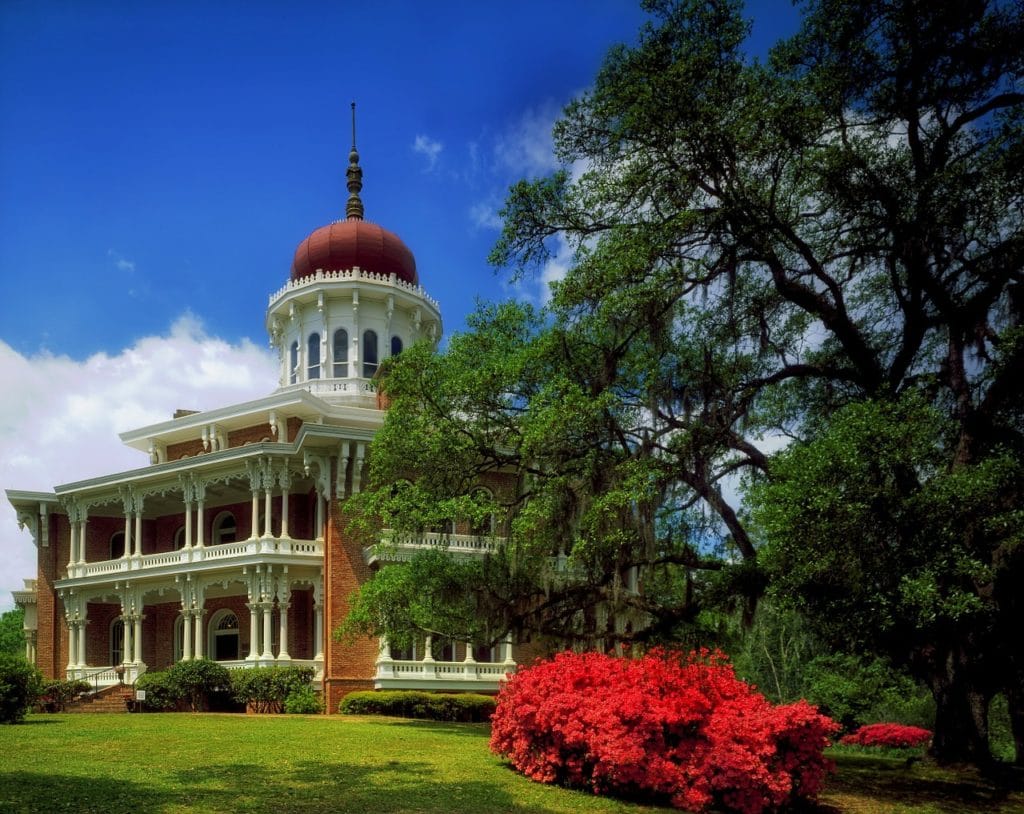
1. Brices Cross Roads National Battlefield Site
The Brices Cross Roads National Battlefield Site, located near Baldwyn, Mississippi, is a national battlefield site that commemorates the Battle of Brices Cross Roads fought during the American Civil War. The battle was fought on June 10, 1864, between Confederate and Union forces.
The Confederate army, led by General Nathan Bedford Forrest, was able to defeat a larger Union force, led by General Samuel D. Sturgis.
The battle was a significant victory for the Confederacy, as it prevented the Union army from advancing further into Mississippi and protected important supply lines for the Confederate army. The battle also demonstrated Forrest’s tactical skills as a commander.

The battlefield site was established in 1929, and it includes a visitor center with exhibits and artifacts related to the battle and the Civil War.
The site also includes a walking trail that takes visitors to the key areas of the battlefield and includes interpretive markers that provide information on the battle and the troops who fought there.
The Brices Cross Roads National Battlefield Site is managed by the National Park Service, and it is open to the public for tours and educational programs.
The site is also a popular destination for history enthusiasts and for those who want to learn more about the Civil War and its impact on the people and communities of Mississippi.
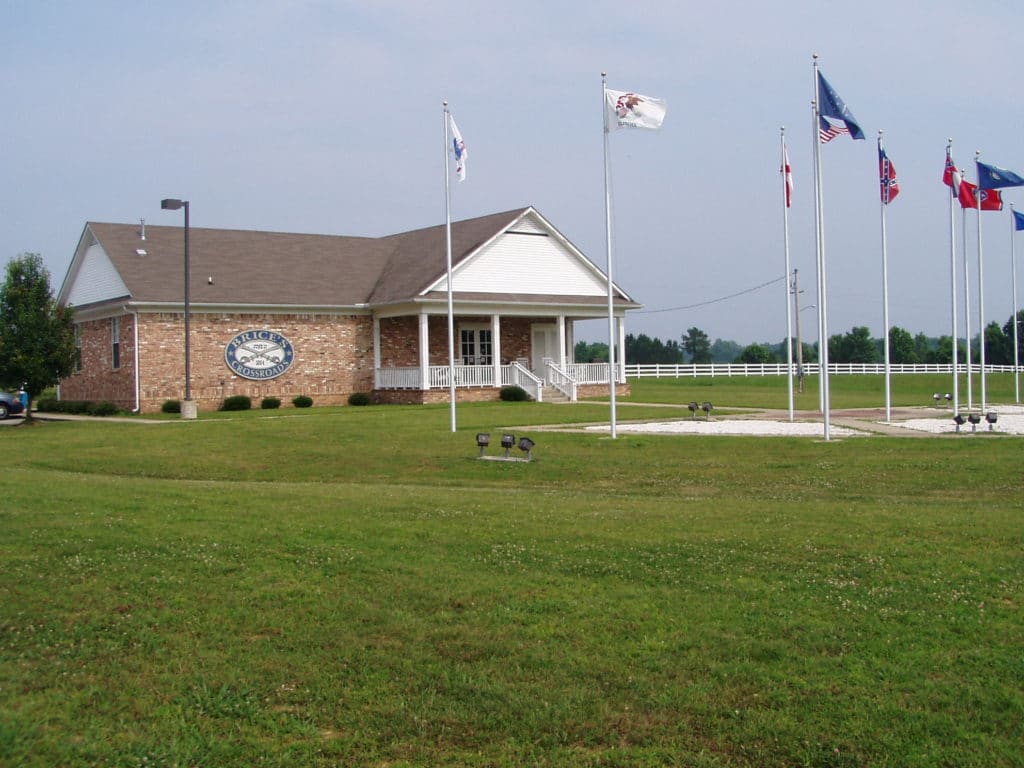
RELATED: 45 Best National Parks Books (Great Gifts For Park Lovers)
2. Gulf Island National Seashore
We’re pushing the pause button on historical sites and turning our attention instead to an amazing vacation destination.
Gulf Islands National Seashore is a protected area located on the northern Gulf of Mexico coastline, in the states of Florida and Mississippi.
The seashore spans 160 miles along the Gulf Coast, with miles of pristine white sand beaches, barrier islands, and sparkling turquoise waters. It was established as a national seashore in 1971 to preserve and protect the natural and cultural resources of the area.
The seashore includes a variety of habitats such as salt marshes, forests, and sandy beaches, providing homes for a diverse range of plant and animal species, including sea turtles, bottlenose dolphins, and shorebirds.
Gulf Islands National Seashore is home to several historic sites that offer a glimpse into the region’s past, such as Fort Pickens, Fort Barrancas, and the Naval Live Oaks Reservation. These sites provide visitors with an opportunity to learn about the area’s military history, dating back to the 1700s.
Recreational opportunities at the seashore include swimming, snorkeling, fishing, boating, hiking, camping, and wildlife watching. Visitors can also take guided tours of historic sites, or attend ranger-led programs, which include nature walks, bird watching, and educational programs on the area’s ecology and history.

What To Do On The Barrier Islands
Cat Island is a great place to explore bayous and marshes which are home to several species of birds and alligators. All but the western half and southern tip of the island is privately owned however.
Petit Bois Island, meaning “little woods,” is almost 6 miles long. It’s a great place to swim and fish. Horn Island is a favorite spot for swimming, boating, and relaxing in the sun. It has long stretches of beach and several species of flora and fauna to observe.
Ship Island is easily accessible by ferry service. It’s home to Fort Massachusetts which is a preserved brick fortification dating back to the mid-19th century. With historical roots dating back to the War of 1812, Ship Island offers fort tours for visitors with an interest in history.

In addition to options for swimming, sunbathing, birding, hiking, and fishing, Ship Island also offers a boardwalk for easy trekking across the island.
There are also covered picnic areas for visitors to enjoy a full day of activities.
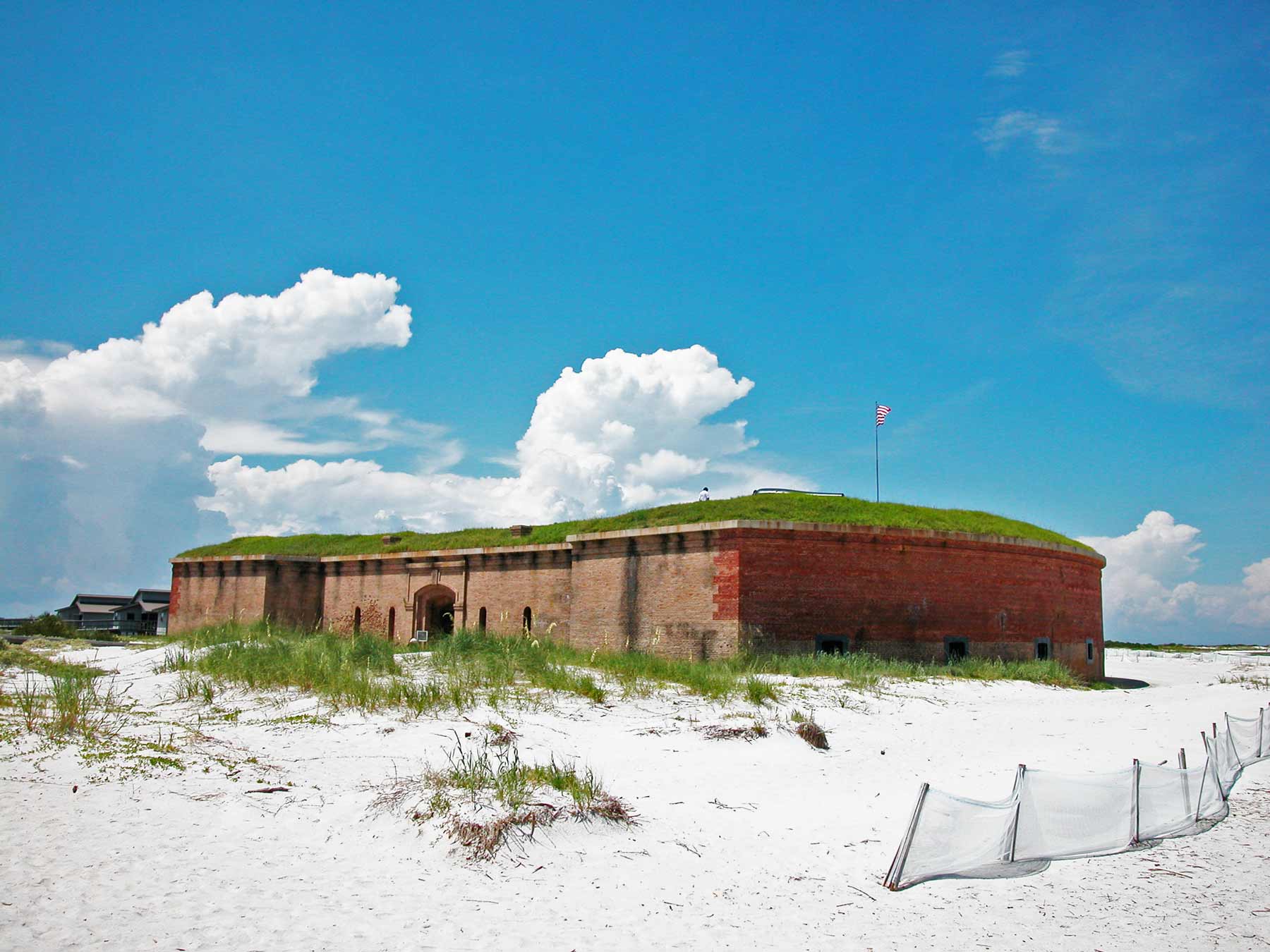
Gulf Islands National Seashore is a Bird Watcher’s Paradise
If you’re a bird watcher then welcome to Bird Watcher’s Paradise! Over 300 species of birds are found at Gulf Island National Seashore. These include Black Skimmers and Brown Pelicans which sail only inches above the ocean surf.
Further out, you’ll find Snowy and Piping Plover flying along the water’s edge. There are also majestic bald eagles and beautiful osprey soaring overhead.

RELATED: All Of Florida’s National Parks RANKED 2021 (+ video)
3. Medgar and Myrlie Evers Home National Monument
He was a leader in the Mississippi NAACP and played a key role in the Civil Rights Movement, particularly in the areas of voting rights and school desegregation. He was assassinated in front of his home in Jackson on June 12, 1963.
Myrlie Evers, Medgar’s wife, was also a civil rights activist and continued the work of her husband after his death. She was the first woman to chair the NAACP and also served as an Ambassador to the United Nations.
The Medgar & Myrlie Evers Home was purchased by the National Park Service in 2017 and was officially designated as a national monument in 2020. The home, where Medgar Evers was assassinated, has been preserved as it was on the day of the assassination and is open for tours.
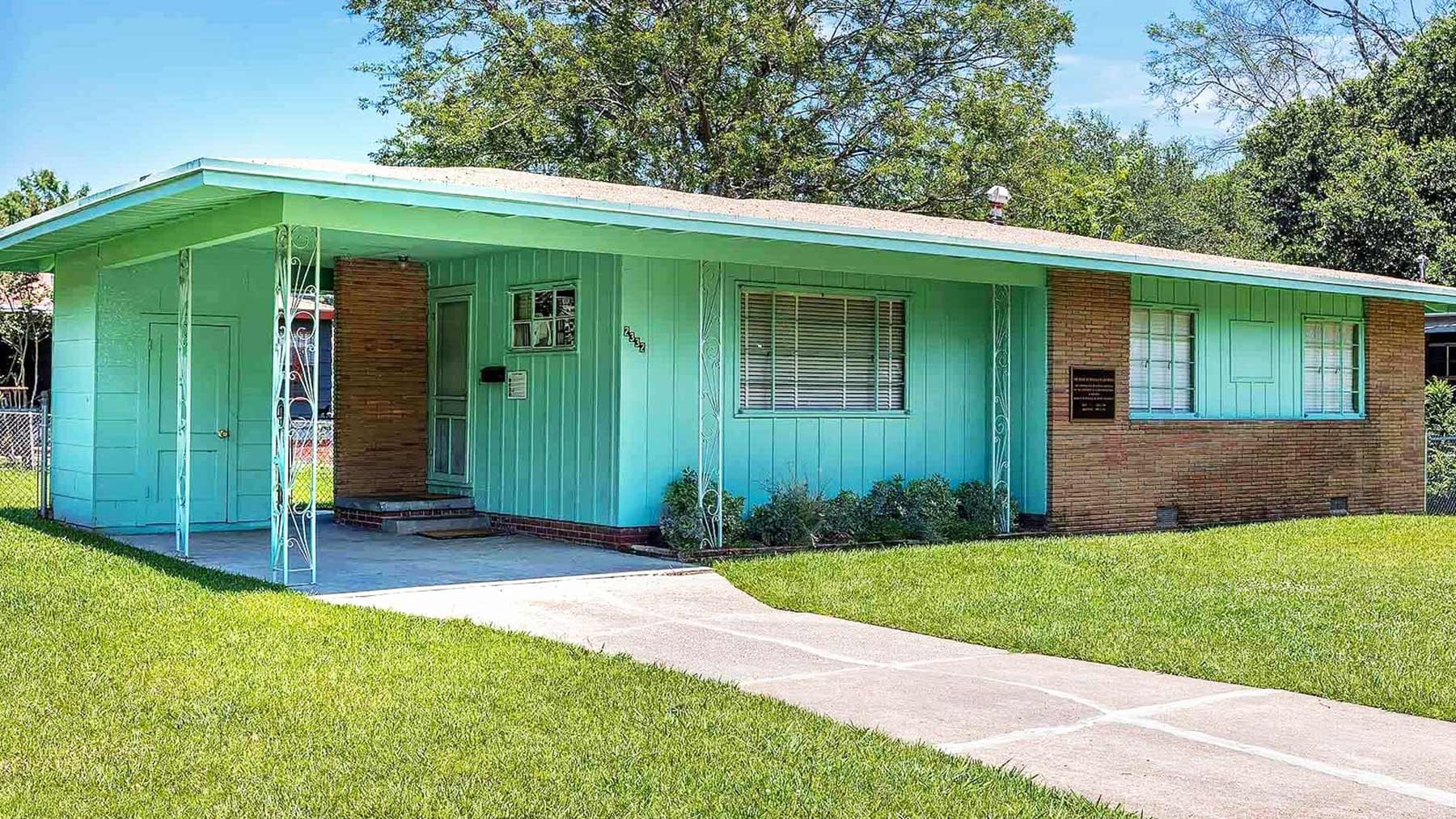
The site includes a visitor center that displays exhibits on the Evers’ lives and their contributions to the Civil Rights Movement. The site also includes an interactive garden, a mural and a replica of Medgar Evers’ office.
The Medgar & Myrlie Evers Home National Monument is a powerful reminder of the struggles and sacrifices made by the Civil Rights activists and it is an important cultural and historical resource for education and reflection on civil rights and the ongoing struggle for racial justice in America.

CHECK OUT: 10 BEST CIVIL RIGHTS SITES IN AMERICA
4. The Natchez National Historical Park
Natchez National Historical Park is located in Natchez, Mississippi, and preserves several historic sites related to the history of the city and the surrounding region.
The park was established in 1988 and includes several key sites, including the Melrose estate, which was a plantation in the antebellum period; the William Johnson House, which was the home of a free African-American barber in the 19th century; and the Forks of the Road, which was a major slave market in the antebellum period.
These sites, among others, provide a glimpse into the complex history of Natchez and the surrounding region, including the lives of enslaved people, free African Americans, and white plantation owners.
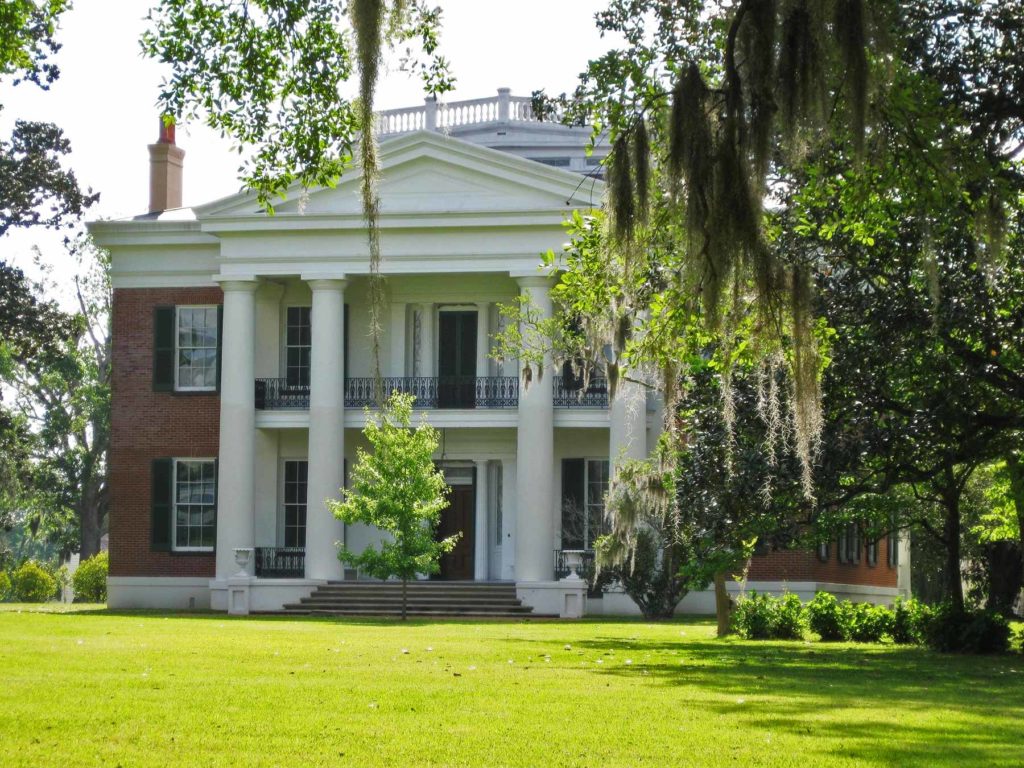
RELATED: 6 Missouri National Parks Worth A Stop On Your Next Midwest Road Trip
More Mississippi National Parks
5. The Natchez Trace Parkway
The Natchez Trace Parkway is a 444-mile scenic road that runs from Nashville, Tennessee to Natchez, Mississippi. It was created to commemorate the historic Natchez Trace, a trail that was used for centuries by American Indians, European settlers, and later, American pioneers.
The trail was used for trade, transportation, and as a way for people to travel between the Mississippi River and the southern states.
The idea of creating a parkway along the Natchez Trace was first proposed in the early 20th century, but it wasn’t until the 1930s that construction began as part of President Franklin D. Roosevelt’s New Deal. The parkway was completed in 2005 and is now administered by the National Park Service.
The Natchez Trace Parkway is known for its scenic beauty and historic sites, including ancient earthworks built by prehistoric people, historic homes, and monuments to famous figures such as Meriwether Lewis and Andrew Jackson. The Parkway also provides recreational opportunities such as hiking, biking, and horseback riding.
It’s worth noting that the Natchez Trace Parkway is not a through-road and does not allow commercial vehicles or trucking, it is specifically designed as a scenic drive and leisurely activity.
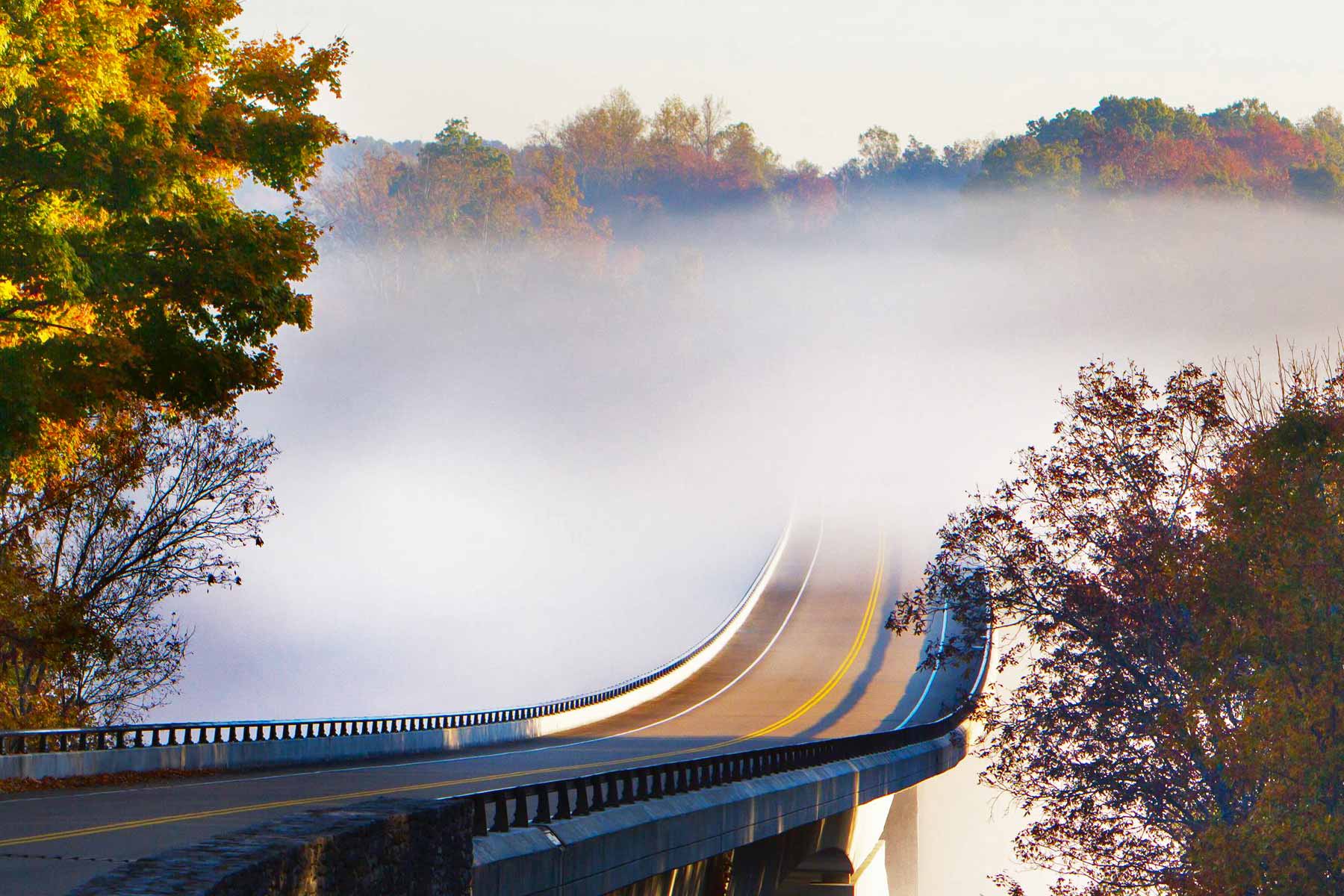
Points Of Interest Along The Parkway While In Mississippi
Emerald Mound
One point of interest you should definitely see while in Mississippi is the Emerald Mound. It’s the second-largest Mississippian Period ceremonial mound in the United States, surpassed only by Monk’s Mound near Cahokia, Illinois.
This 35-foot tall mound covers eight acres. It was built and used by native Americans between the years 1200 and 1730 A.D.

French Camp Historic Village
Also, while in Mississippi, check out the French Camp Historic Village. It sits alongside the Natchez Trace. Visitors to the village can explore how early American life used to be in this log cabin village.
There’s also the Huffman Cabin Gift Shop and the French Camp Log House Museum which are both open to the public Monday through Saturday from 9:00 a.m. to 4:00 p.m.
RELATED: 7+ (AMAZING) Oklahoma National Parks-Everything To Know
6. Natchez Trace National Scenic Trail
The Natchez Trace National Scenic Trail is a long-distance hiking trail that follows the historic Natchez Trace, a trail that was used for centuries by American Indians, European settlers, and later, American pioneers. The trail runs for approximately 50 miles and is located in the southern region of Mississippi.
Unlike the Natchez Trace Parkway, the Natchez Trace National Scenic Trail is a through-hike trail and is intended for hiking and backpacking.
The trail passes through a diverse array of landscapes, including woodlands, wetlands, and prairies, and offers visitors the opportunity to experience the natural beauty of the region and learn about its rich cultural and historical heritage.
The idea of creating a hiking trail along the Natchez Trace was first proposed in the 1980s, but it wasn’t until the 1990s that a feasibility study was conducted. The trail was officially designated as a National Scenic Trail in 1983, but it wasn’t until 2005 that the trail was completed.
The Natchez Trace National Scenic Trail is administered by the National Park Service, and is open to the public year-round. It provides recreational opportunities such as hiking, backpacking, and camping.
It also offers visitors the chance to see historic sites, including ancient earthworks built by prehistoric people, historic homes, and monuments to famous figures such as Meriwether Lewis and Andrew Jackson.
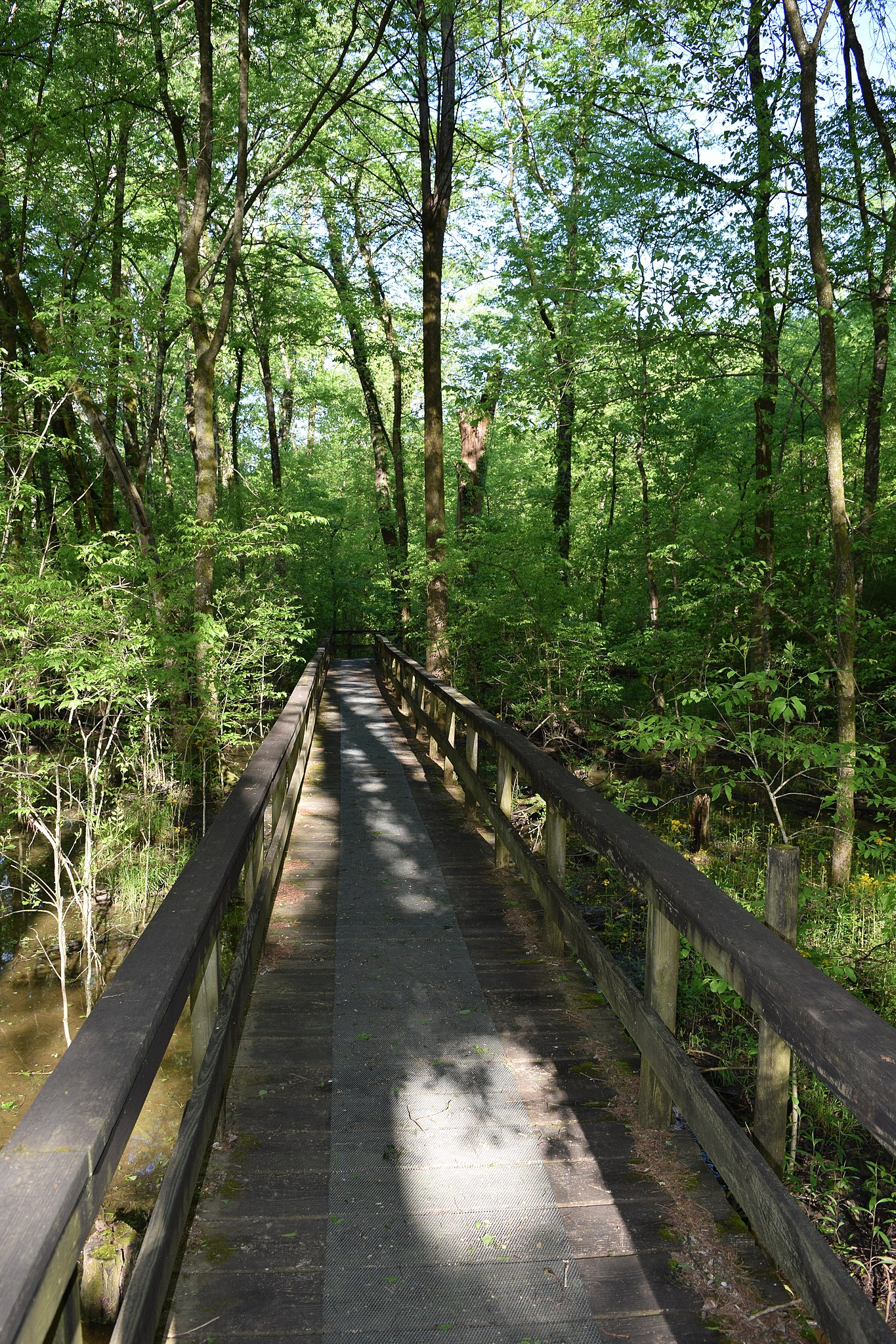
Best Places To Visit
Imagine what it was like to journey on the Old Trace. The pioneers endured bad food, bugs, disease, heat, swollen rivers, and dangerous swamps. You don’t have to imagine if you follow the Sunken Trace.
The good news is that it only will take you five minutes, instead of the endless days these folks endured, to walk this trail.
Let your imagination carry you back to the early 1800s and be thankful you weren’t there to share in these privations.
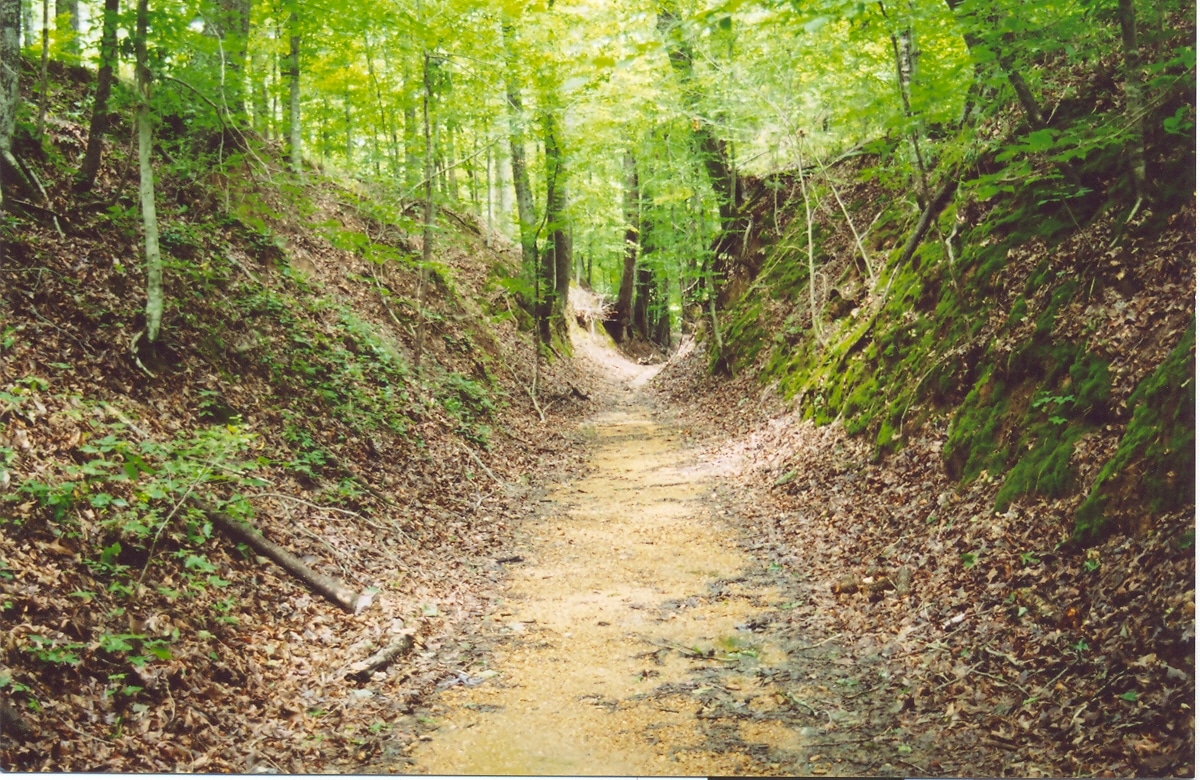
Reservoir Overlook
Also worth visiting is the Reservoir Overlook. It’s a breathtaking view of a 50 square mile reservoir. You might want to bring along your camera as you can get some wonderful shots.
Windsor Ruins
And, if you enjoy historical sites with an interesting story as much as I do then there’s the Windsor Ruins. The Windsor Plantation was originally built by Smith Daniell in 1859-61. He only lived in this magnificent mansion for a few weeks before dying however.
This plantation once encompassed over 2,600 acres. There’s an old story that Mark Twain actually stood on a roof observatory on top of the mansion and watched the Mississippi River in the distance.
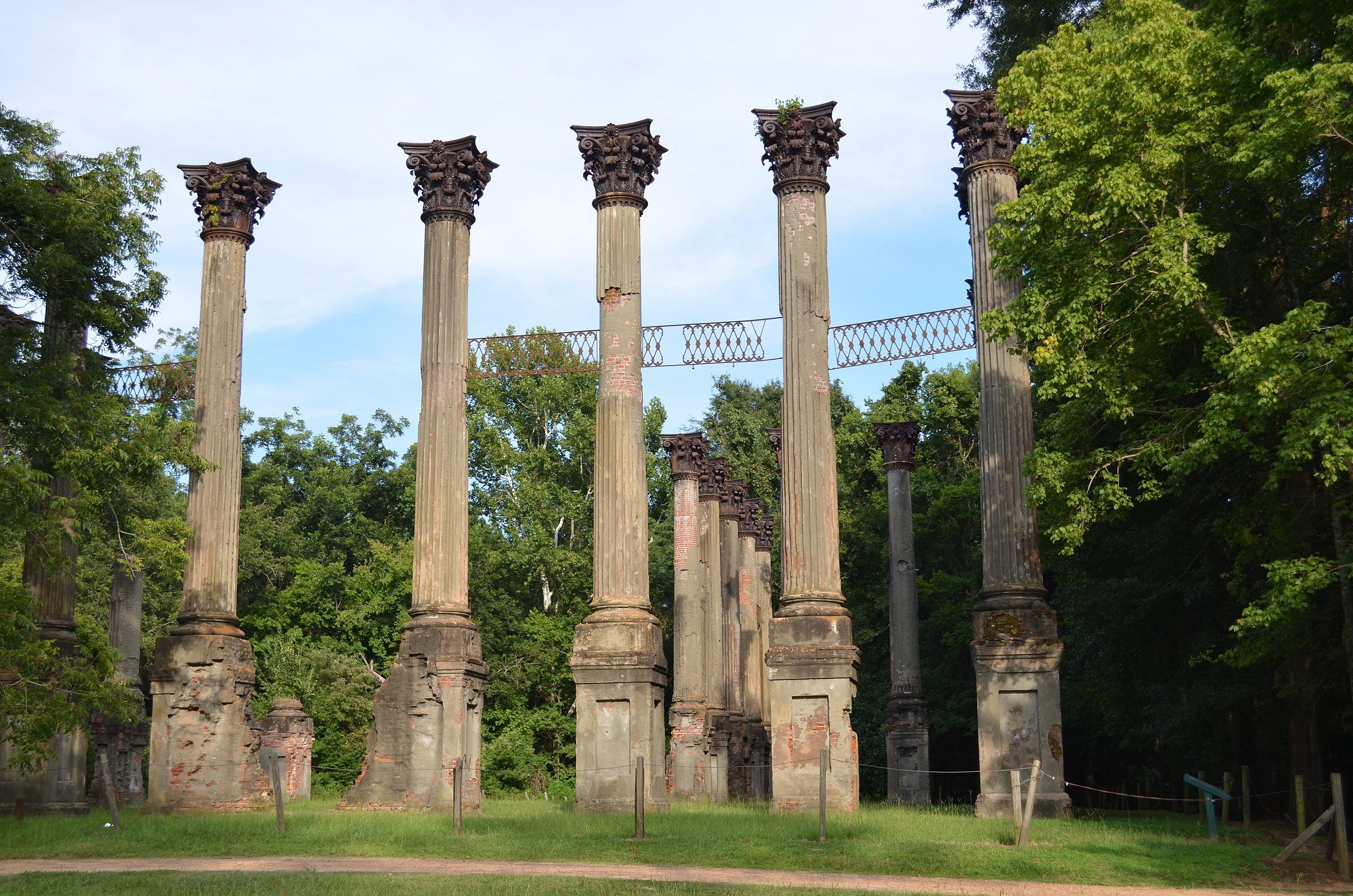
Mississippi Civil Rights Museum
Other places worth a visit include: the Mississippi Crafts Center, located in Ridgeland, which is a is a non-profit organization of craftsmen dedicated to preserving and promoting folk, traditional and contemporary crafts.
There’s also the Museum of Mississippi History, located in Jackson, which explores over 15,000 years of state history.
And, while we’re on the subject of museums, the Mississippi Civil Rights Museum is also located in Jackson. It tells the story of the struggle that took place in the state to promote racial justice.
This museum tells the story of Mississippi’s struggle for civil rights, beginning with the enslavement of Africans and the long period of segregation and racial violence that followed. The exhibits highlight the bravery and sacrifices of civil rights activists, including Medgar Evers, Fannie Lou Hamer, and Vernon Dahmer, who fought for equality and justice in the face of incredible adversity.
One of the most powerful exhibits in the museum is the “This Little Light of Mine” exhibit, which features a series of glass panels that depict scenes from the civil rights movement. The panels are illuminated by a light that grows brighter as visitors move through the exhibit, symbolizing the growing strength of the movement.
Another exhibit, “Mississippi Freedom Struggle,” uses interactive touchscreens to allow visitors to explore the history of the movement in more depth. The exhibit includes videos, photographs, and primary source documents, allowing visitors to gain a deeper understanding of the events and people who shaped Mississippi’s civil rights history.

Eudora Welty House
If you prefer fiction over fact then check out the Eudora Welty House. It’s also located in Jackson. It’s a literary house museum and historic garden where Pulitzer Prize-winning author Eudora Welty lived and wrote for 76 years.
Finally, there’s the Clinton Visitor Center in Clinton. It features period materials and period architectural details including a porch and “dogtrot.”
The center has the look of one of the 19th century farmhouses once located along the Natchez Trace. The museum also features displays showing the history of the Natchez Trace in the Clinton area.
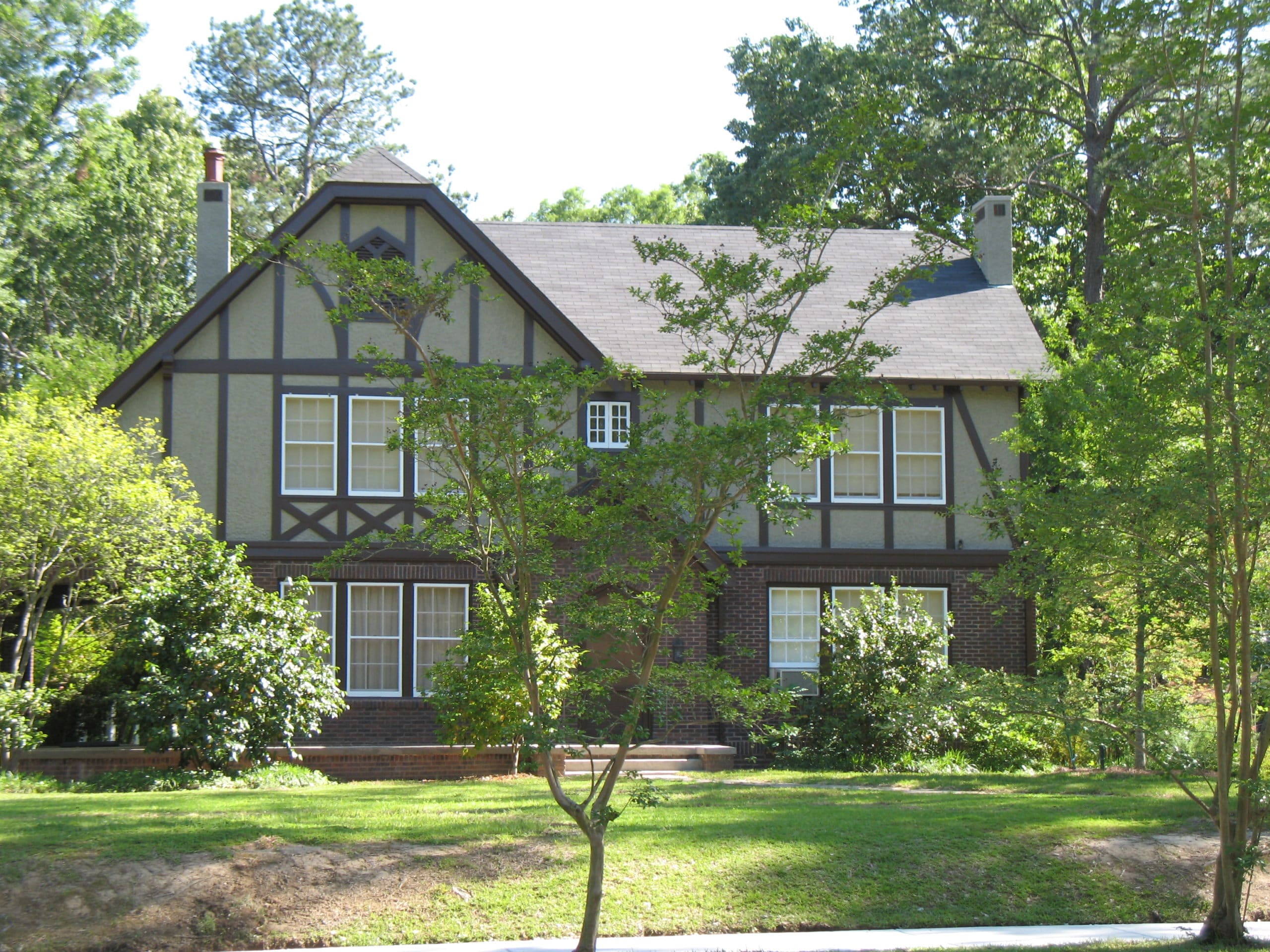
7. Shiloh Military Park
Shiloh Military Park is a national military park located in southwestern Tennessee that commemorates the American Civil War Battle of Shiloh, which took place on April 6-7, 1862.
The battle, also known as the Battle of Pittsburg Landing, was one of the first major engagements of the Civil War in the Western Theater and resulted in a Union victory. The battle was fought between the Confederate Army of Mississippi, led by General Albert Sidney Johnston, and the Union Army of the Tennessee, led by General Ulysses S. Grant.
The battle resulted in heavy casualties on both sides, with over 23,000 soldiers killed, wounded or missing. The Union army was able to repel the Confederate attack, and the victory marked a turning point in the war in the Western Theater and helped establish General Grant as a significant military leader.
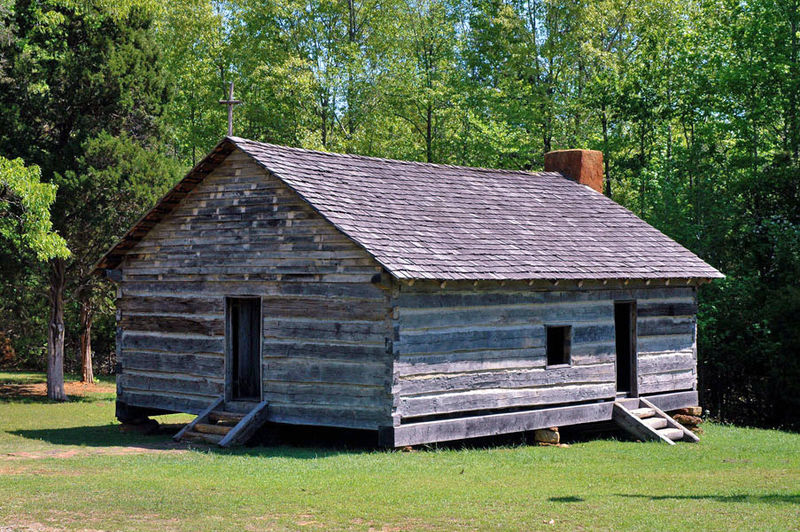
The Park Is Also Home To A National Cemetery
Shiloh Military Park was established in 1894, and it includes a visitor center with exhibits and artifacts related to the battle and the Civil War. It also includes a walking trail that takes visitors to the key areas of the battlefield and includes interpretive markers that provide information on the battle and the troops who fought there.
The park also includes several monuments, memorials, and markers dedicated to the soldiers who fought in the battle, including the Illinois Memorial, the Indiana Memorial and the Wisconsin Memorial. The park is also home to the Shiloh National Cemetery, where many of the soldiers who died in the battle are buried.
Shiloh Military Park is managed by the National Park Service, and it is open to the public for tours and educational programs. It’s a popular destination for history enthusiasts and for those who want to learn more about the Civil War and its impact on the people and communities of the region.
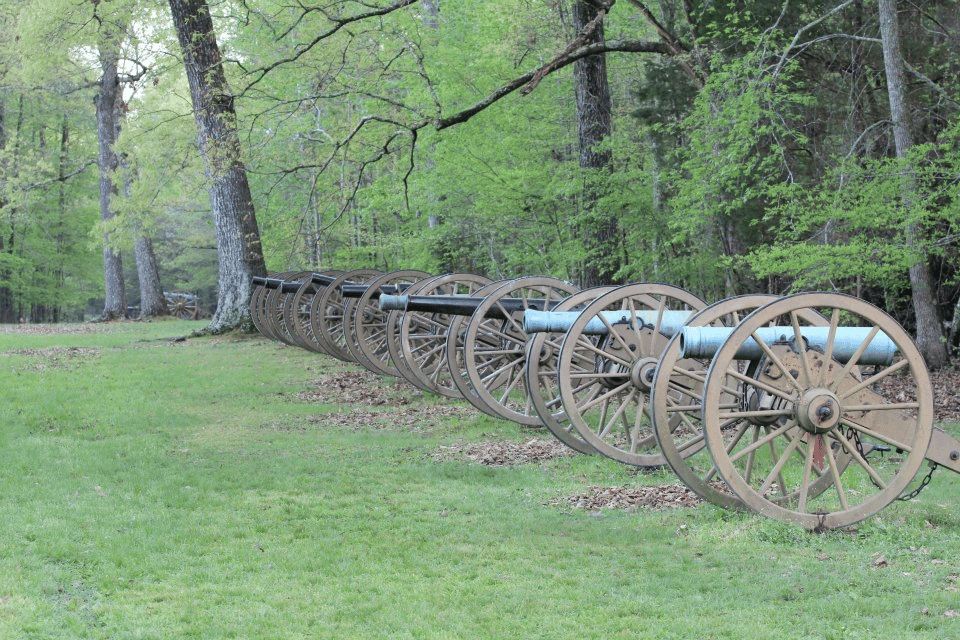
Things To Do At Shiloh Military Park
Here are some of the things you can do at Shiloh Military Park:
- Take a self-guided tour: The park offers a self-guided driving tour of the battlefield, with signs marking important locations and battles. You can also pick up a brochure at the park entrance that provides more information about the battle.
- Visit the visitor center: The park’s visitor center features exhibits, artifacts, and audio-visual presentations that provide a comprehensive overview of the battle. There is also a bookstore where you can purchase books and other souvenirs related to the battle.
- Attend ranger-led programs: The park offers a variety of ranger-led programs, including guided walks, talks, and living history demonstrations. These programs provide a more in-depth look at the battle and the soldiers who fought there.
- Hike the battlefield trails: The park features several hiking trails that allow visitors to explore the battlefield and its surroundings. The trails range from easy to moderate difficulty and offer stunning views of the battlefield.
- Visit the cemetery: The Shiloh National Cemetery is located within the park and is the final resting place for over 3,500 Union soldiers who died in the battle. The cemetery is a somber reminder of the human cost of war.
- Attend special events: The park hosts a variety of special events throughout the year, including reenactments, living history programs, and commemorative ceremonies. These events offer a unique opportunity to experience the history of the battlefield in a more interactive and immersive way.
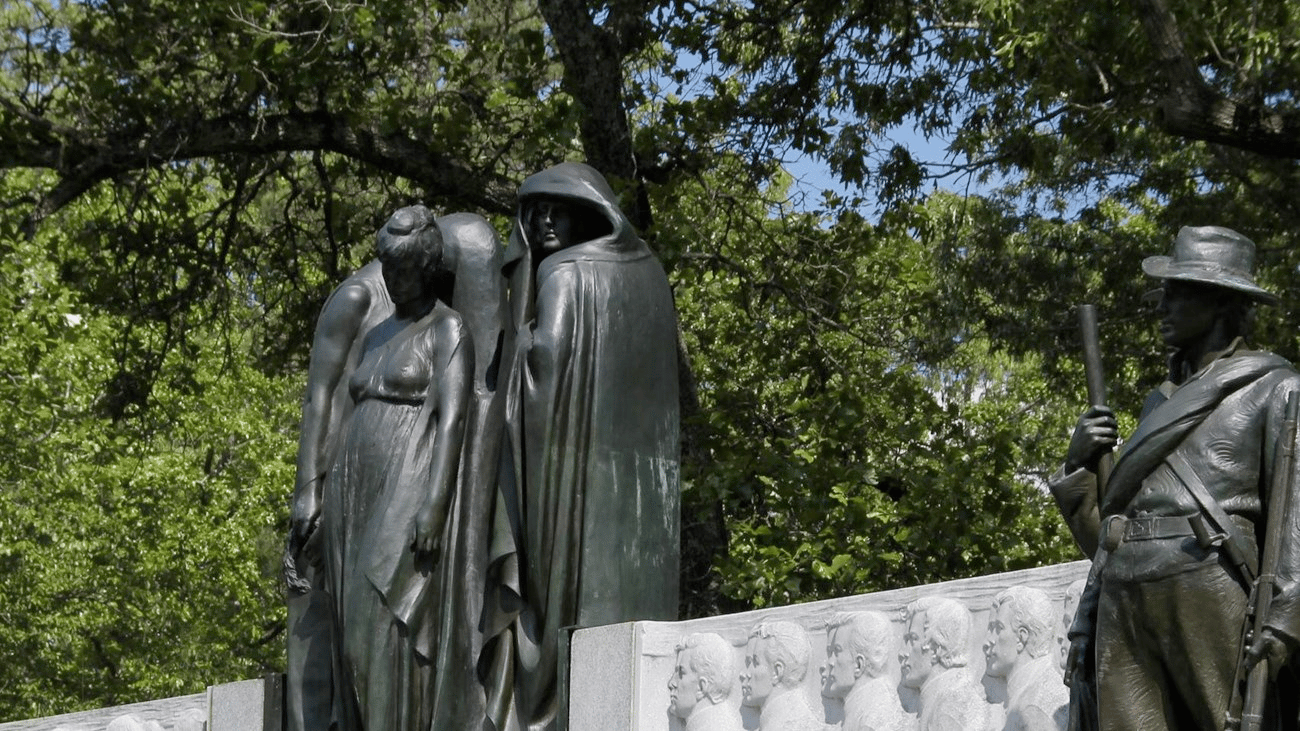
CHECK OUT: 10 BEST Civil War Sites In America
8. Tupelo National Battlefield
Tupelo National Battlefield is located in Tupelo, Mississippi. It commemorates the Battle of Tupelo, which took place during the American Civil War.
The battle was fought on July 14–15, 1864, between the Union army under the command of Major General Andrew J. Smith and the Confederate army under the command of Major General Nathan Bedford Forrest.
The battle was part of the Union’s campaign to control Mississippi, and it resulted in a Confederate defeat. The Union army was able to push the Confederate forces out of the area and secure control of the region.
The idea of creating a national battlefield at Tupelo was first proposed in the early 20th century, but it wasn’t until the 1990s that the National Park Service acquired the land and established the park. The park was officially dedicated in 1999 and is now administered by the National Park Service.

An Opportunity To Learn About The History
Tupelo National Battlefield offers visitors the opportunity to learn about the history of the battle and the Civil War in the region.
The park includes several historic sites, including the battlefield itself and the Union and Confederate trenches and fortifications, as well as a visitor center with exhibits and a film about the battle.
It’s worth noting that the battlefield is not very well preserved and does not have many artifacts or structures from the battle, it is mostly a parkland with some interpretive signs and markers that help visitors understand the events that took place there.
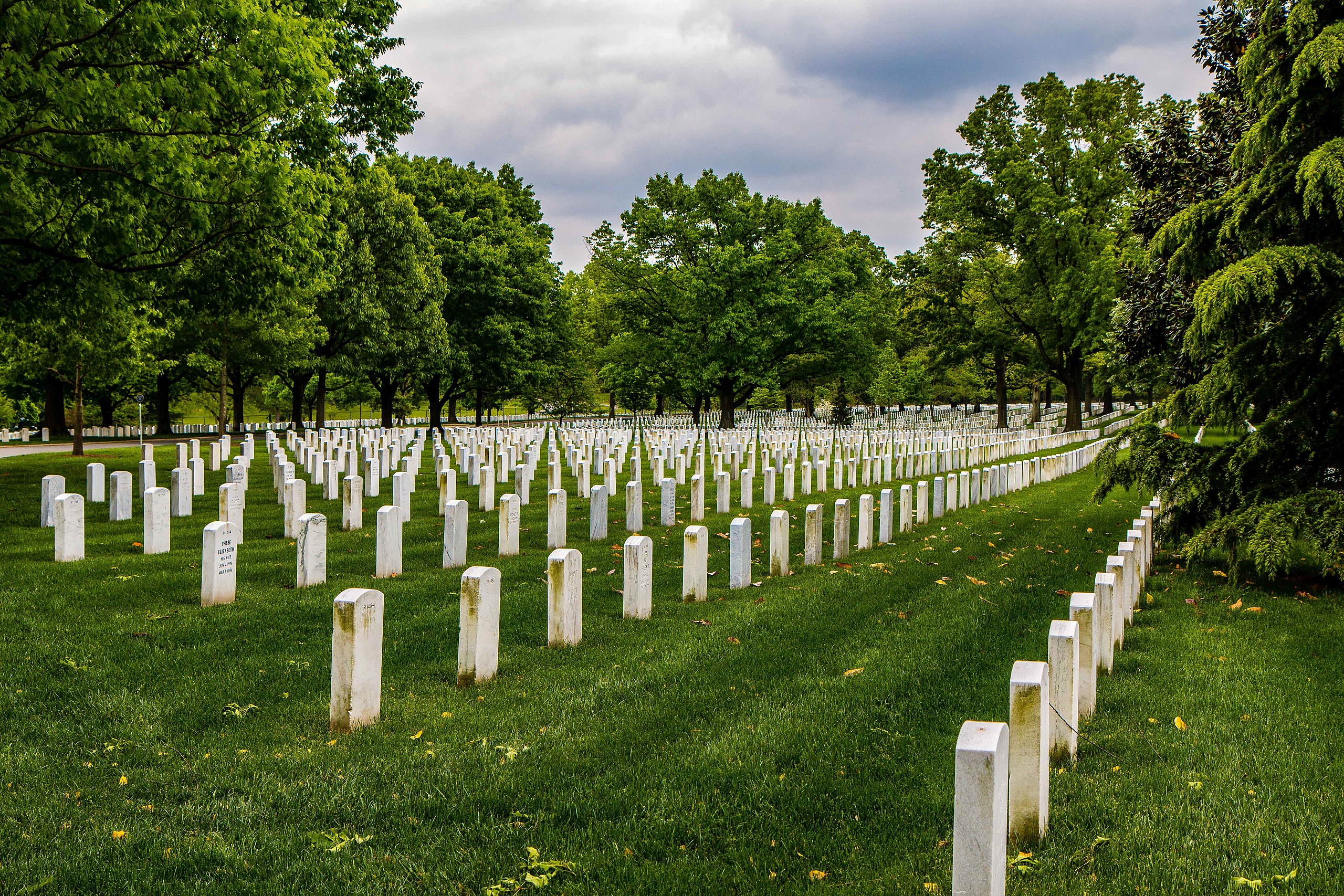
Things To Do At Tupelo National Battlefield:
(1) Walk the Battlefield

At Tupelo, visitors can walk the battlefield where history was made. The area is much smaller, however, than might be imagined. How did thousands of men manage to fit into this tiny space and fight a battle which inflicted hundreds of dead and wounded?
The actual battlefield was not preserved in its entirety so we may not know the real dimensions of physical space which the combatants had available during the battle.
What we do know is that the Tupelo National Battlefield is another place where history was made. It’s definitely worth seeing and experiencing.
(2) Visit the Tupelo Veterans Museum

And while you’re in Tupelo, check out the Tupelo Veterans Museum.
It’s a local tribute to the brave men and women who defended our country in the Civil War, World War I, World War II, Korean War, Vietnam War and the modern Desert Storm and Iraqi Wars.
The museum is filled with wartime exhibits covering the heights and depths of the human experience. It reminds us that freedom isn’t free by honoring the men and women who have helped to keep us free.
More Mississippi National Parks
9. Vicksburg National Military Park
Vicksburg National Military Park is located in Vicksburg, Mississippi. It commemorates the Siege of Vicksburg, which took place during the American Civil War.
The siege was a major campaign fought between the Union army under the command of Major General Ulysses S. Grant and the Confederate army under the command of Lieutenant General John C. Pemberton. The siege lasted from May 18 to July 4, 1863, and resulted in a Union victory.
The Union army’s victory at Vicksburg was a major turning point in the war, as it gave the Union control of the Mississippi River, effectively splitting the Confederacy in two. The siege also resulted in the surrender of the Confederate garrison at Vicksburg, which was one of the largest surrenders of the war.

The Idea Of Creating A National Military Park
The idea of creating a national military park at Vicksburg was first proposed in the late 19th century, and the park was established in 1899. It is one of the oldest military parks in the National Park System. It’s now administered by the National Park Service and offers visitors the opportunity to learn about the history of the siege and the Civil War in the region.
It includes several historic sites, including the battlefield itself, the Union and Confederate trenches and fortifications, and a number of monuments and memorials to the soldiers who fought in the siege.
The park also has a Visitor Center, with exhibits and a film about the battle, as well as a number of hiking trails that take visitors through the battlefield and allow them to see the historic sites up close. The park is also home to the USS Cairo Museum, which is a gunboat that was sunk during the siege and was later raised and restored.
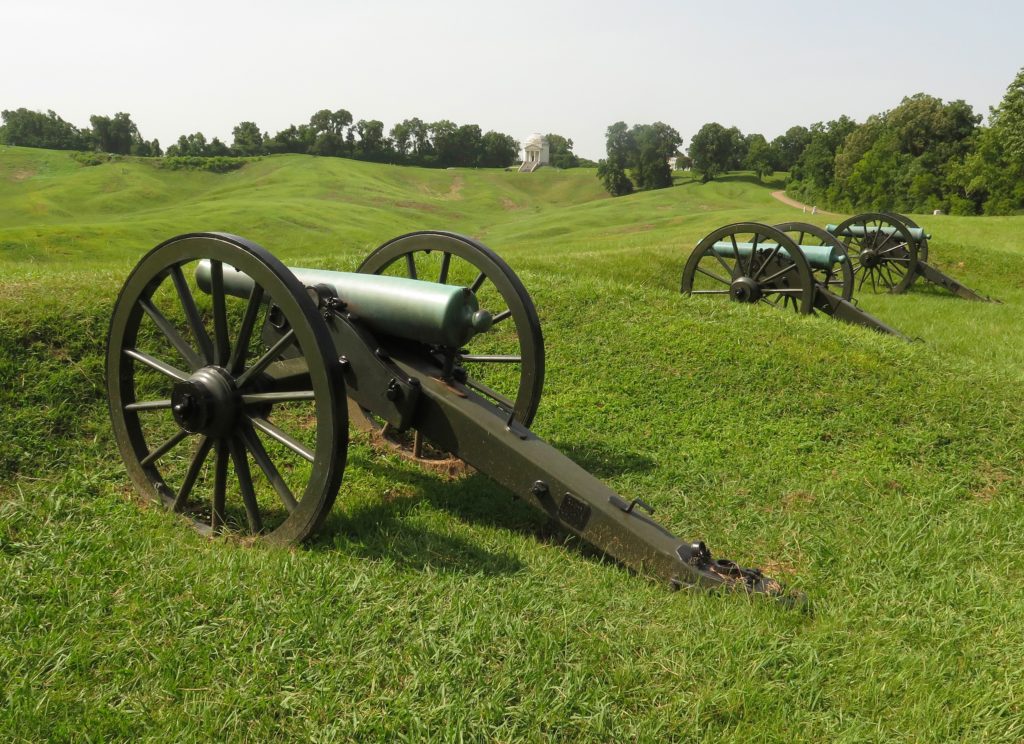
RELATED: 8 EPIC Arkansas National Parks (An Expert Guide)
Things To Do At Vicksburg National Military Park
At Vicksburg National Military Park, there’s a vast array of cultural, historical and natural resources. Each visitor to the park receives an official park brochure and map detailing the driving routes, tour stops, and provides a brief history of the Vicksburg Campaign and Siege.
There’s a self-guided driving tour or you can make a reservation to take a guided park tour.
There’s no shortage of things to see and experience. I would recommend beginning your tour at the visitor center. Check out the more than 1,400 memorial monuments, tablets and markers which cover the 1,800-acre park.
The park also features an impressive 20 miles of trenches and earthworks which have been reconstructed to reflect the time period.
There’s even a gunboat! You can see the U.S.S. Cairo Gunboat. There’s also a Museum located within the park, enabling visitors to view the restored vessel, along with Civil War-era artifacts recovered during the boat’s excavation.
Check Out Our Great Smoky Mountains Film
MTJP | Smoky Mountains is a visually stunning journey through Great Smoky Mountain National Park during peak fall color. This video is the culmination of two weeks exploring Great Smoky Mountains National Park.
We chose Great Smoky Mountains as our second park because of it’s extraordinary display of fall colors, it’s incredibly diverse wildlife population, and it’s importance as the most visited national park in the country.
This film was shot entirely in 4K UHD. We chose to capture this park in the Fall as it is home to one of the most wonderful displays of fall foliage on the planet. Fall is also a wonderful time to watch the elk rutting season and experience cooler, less humid temperatures.
Situated in Tennessee & North Carolina Great Smoky Mountain is one a handful of southern National Parks.
Mississippi National Parks FAQ
Mississippi is known for being the birthplace of American blues music and home to many talented musicians. It is also famous for its fertile soil, which makes it an agricultural powerhouse, as well as for its catfish farming industry.
The must-see historic sites are as follows:
Vicksburg National Military Park
Shiloh Military Park
Medgar and Myrlie Evers Home National Monument
Natchez National Historical Park
Elvis Presley Birthplace & Museum
Tupelo National Battlefield
Brices Cross Roads National Battlefield Site
Mississippi Civil Rights Museum
Old Capitol Museum
Biloxi Lighthouse
Emerald Mound Site
Waverly Mansion
Windsor Ruins
LQC Lamar House Museum
Natchez “On Top Of The Hill” Historic District
Blue Ridge Parkway
Great Smoky Mountains National Park
Golden Gate National Recreation Area
Gateway National Recreation Area
Lake Mead National Recreation Area
Check out our rankings for all of the U.S. national parks
Why Trust Us About Mississippi National Parks?
We’re Jim Pattiz and Will Pattiz, collectively known as the Pattiz Brothers (and sometimes the Parks Brothers) and we absolutely LOVE the national parks.
You should probably know that we don’t just make this stuff up out of thin air. We’ve spent our entire adult lives exploring and filming America’s national parks and public lands.
We’ve worked with the National Park Service, the Department of Interior, USDA, and the U.S. Forest Service for years creating films on important places and issues. Our work has been featured in leading publications all over the world and even some people outside of our immediate family call us experts on the national parks.
Meet The Parks Brothers
Map Of Mississippi National Park Sites
List Of All 9 National Park Sites In Mississippi
- Brices Cross Roads National Battlefield Site
- Gulf National Island Seashore
- Medgar and Myrlie Evers Home National Monument
- Natchez National Historical Park
- The Natchez Trace Parkway
- Natchez Trace National Trail
- Shiloh Military Park
- Tupelo National Battlefield
- Vicksburg National Military Park
We Hope You’ll Follow Our Journey

Our goal here at More Than Just Parks is to share the beauty of America’s national parks and public lands through stunning short films in an effort to get Americans and the world to see the true value in land conservation.
We hope you’ll follow our journey through the parks and help us to keep them the incredible places that they are. If you’re interested in joining the adventure then please sign up below!
Check Out Our Comprehensive Guide
I hope you’ve enjoyed learning about some amazing places to visit in Mississippi. If you’re interested in learning more about our national parks please check out our comprehensive guide to all 63 of them.

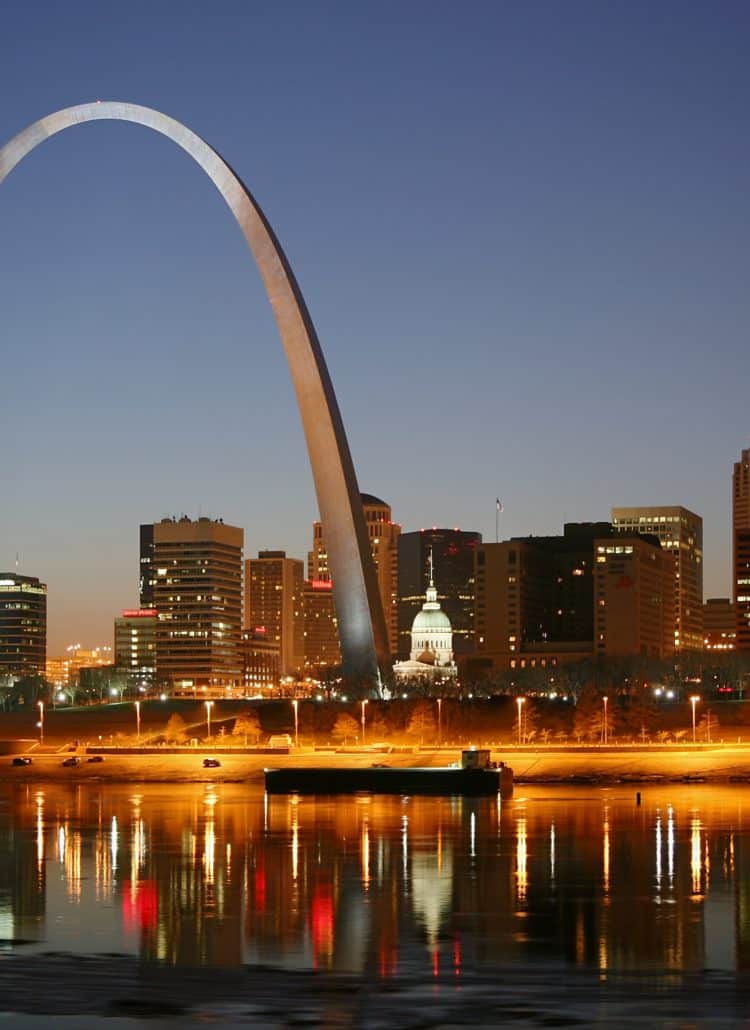
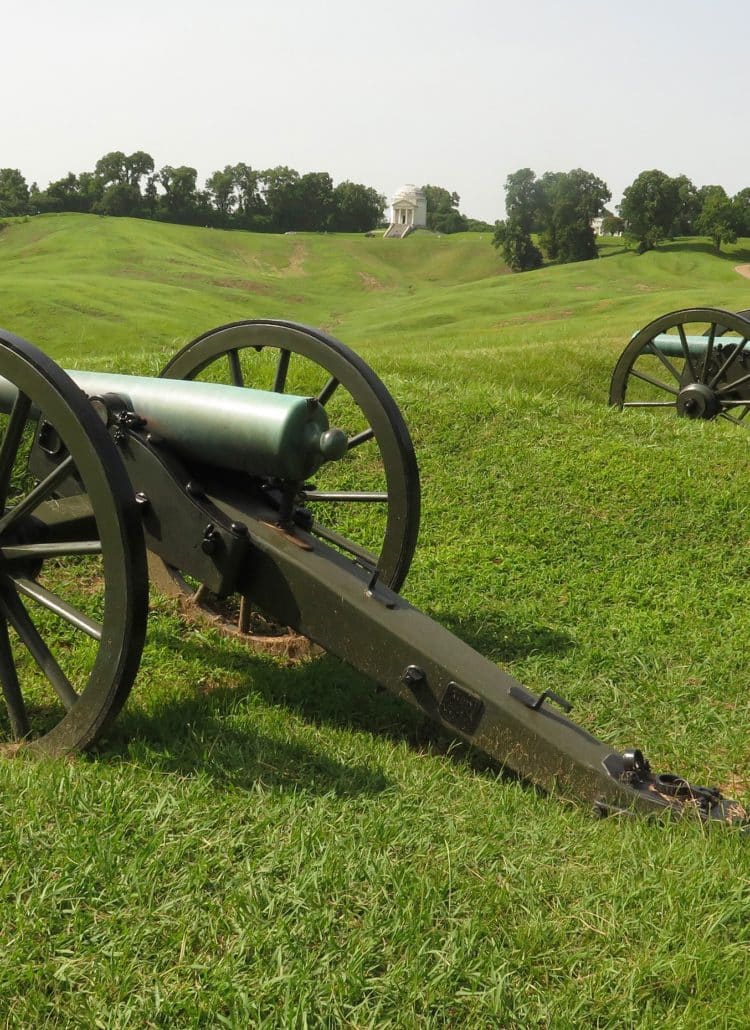


Leave a Reply